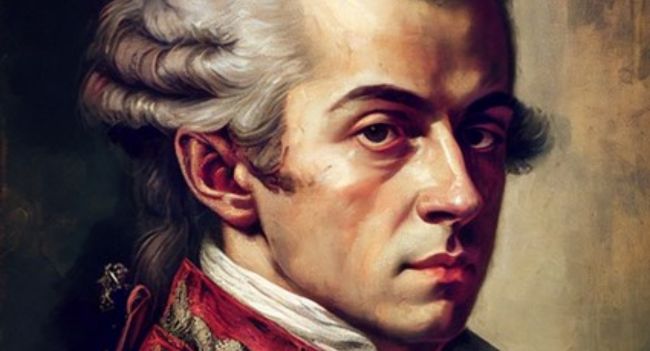

In the impossible search to know exactly what the face of musical genius looked like, researchers in Salzburg, Austria, have made progress. Their subject was Wolfgang Amadeus Mozart, a local boy.
One portrait long thought to be of Mozart turned out to be someone else. A suspect image was confirmed to be of him. And a third portrait, deemed incomplete, was actually found to consist of a finished piece grafted onto a larger canvas.
The International Mozarteum Foundation in Salzburg, Mozart’s birthplace, announced the findings last month in conjunction with an exhibition of Mozart portraits that opened on Jan. 26 and runs through April 14. One goal, the foundation said, was to burn away idealized conceptions of Mozart — a white-wigged, red-jacketed, romanticized figure — and focus attention on what he might really have looked like.
Fourteen images created in Mozart’s lifetime are known to exist, sometimes reproduced in different mediums, like oil paintings, engravings or medallions. The Mozarteum holds examples of nine and has borrowed three others for the show. The remaining lifetime portraits were not available, said Gabriele Ramsauer, director of the foundation’s museums and of the Mozart birthplace.
